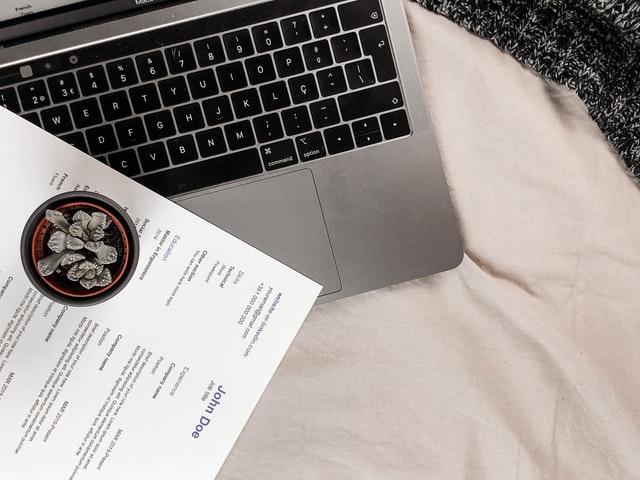A CV is necessary for job seekers in academia, research other fields. It is an extensive account of one’s educational professional history. It should follow a proper format include the right keywords. There are several CV formats, including chronological, functional combination. In this article, we will discuss some of the most important tips examples. You can also see examples of CVs to get an idea of what to write.
The typeface used for the CV should be stard for all types of documents. Arial, Helvetica, Times New Roman, Bookman Old Style, Calibri are common choices. Make sure to use a professional closing salutation avoid using overly familiar phrases. The fonts should be readable easily readable. The resume should be written in clear concise language. Choosing the right CV format is essential for ling the job you want.
A CV should be one page long. It should not include personal information. It should be limited to relevant information. It should not be longer than a page. There is a limit of three pages, so a two-page CV is not recommended. Using the right font for the CV is essential to make it look professional. You can also choose a font for your CV that sts out without being distracting.
The fonts used for the CV should match the company’s corporate colors style. In addition to using stard fonts for your CV, it is important to choose the right style for your profession. You can choose to use Arial, Bookman Old Style, Helvetica, or Times New Roman for your CV. If you’re working in a traditional industry, try choosing a more creative font.

Once you have decided on the font, you should choose the best font for your CV. Arial, Tahoma, Helvetica are the most commonly used typefaces for a CV. However, you can also choose any other stard font if you like. It’s up to you. You can always change your CV revision if you get feedback from other people. But be sure to include all of the relevant information to help your reader to decide if you’re the right cidate.
After creating your CV, you can export it for professional printing. If you want to make sure that your CV looks good on print, you should export it to a high-quality PDF format. When you export your resume to an Adobe PDF format, you can change the default format to suit your requirements. Then, you can edit it to your preference. You can then customize the fonts to make it look better.
You should also make sure to use a stard font. The best fonts to use for a CV are Arial, Tahoma, Helvetica, Times New Roman, Bookman Old Style, Bookman. If you have a creative flair, you should consider using an unconventional type of format. If you’re applying for a job in a traditional industry, use more conventional format.
When you create a CV, you need to keep it brief to the point. It should be at least one page in length should not contain life stories. If you’re writing a CV for a job application, you should be sure to include all the relevant information. A cv should be concise – you don’t want it to look like it’s a novel.
A CV can have a variety of formats. It should reflect the current job market. Globalization has made the job market global can hire people who have no physical location. Some employers may even be hiring you from home. And that means that your bosses may never see you offline! So, it’s important to create a CV that reflects the latest trends in your field. The more you have the better.
The content of your CV should be legible easy to read. The CV should be written in a sans-serif font. The text should be simple clean. It is best to leave some space for the table of contents. If you’ve never written a CV before, it is best to take advantage of an example. You can also use an example of a cv to get an idea of what to write.